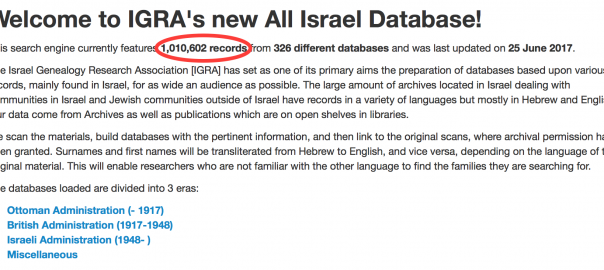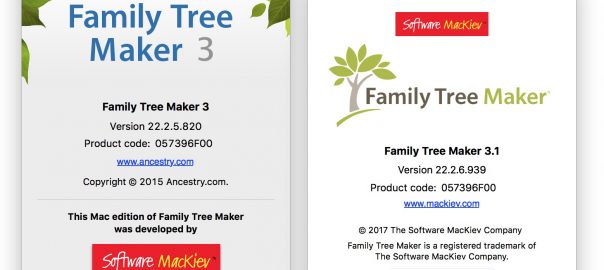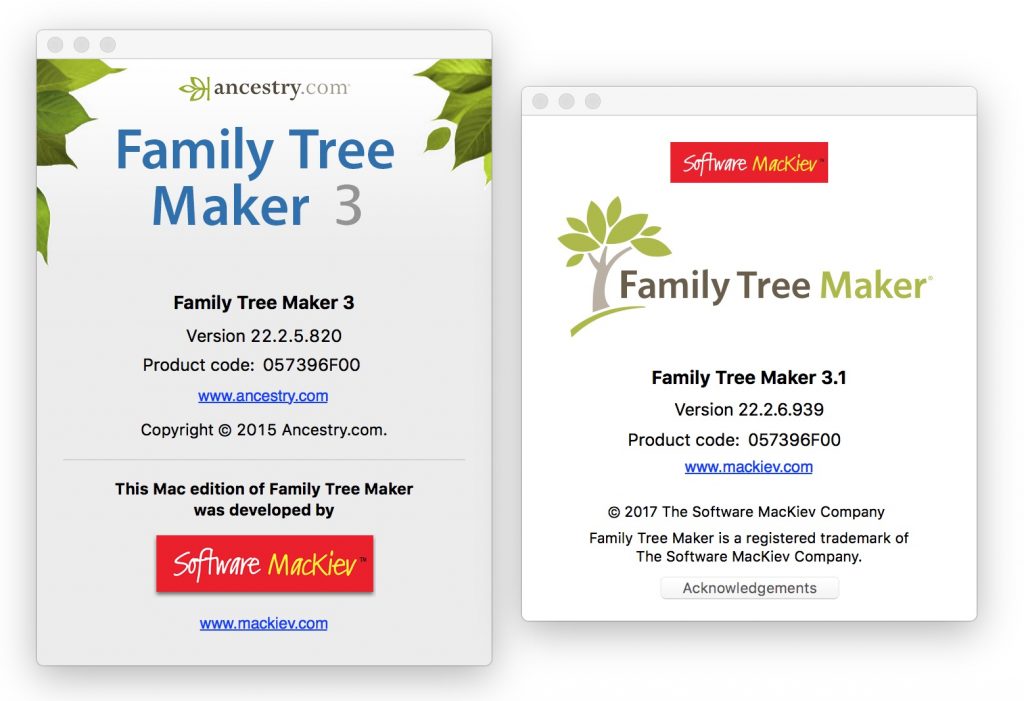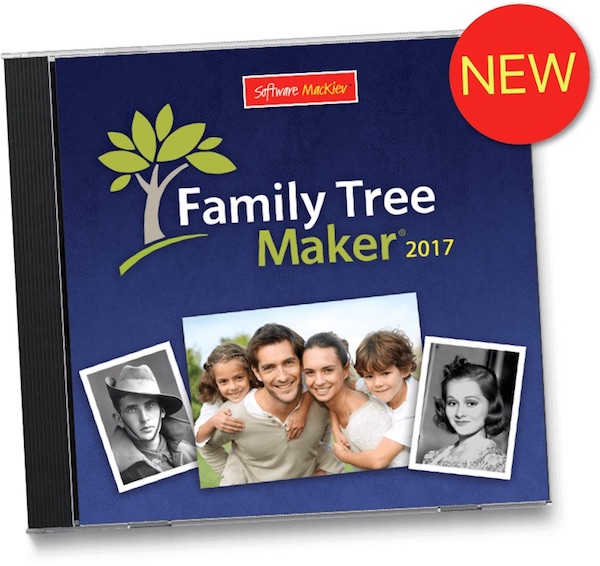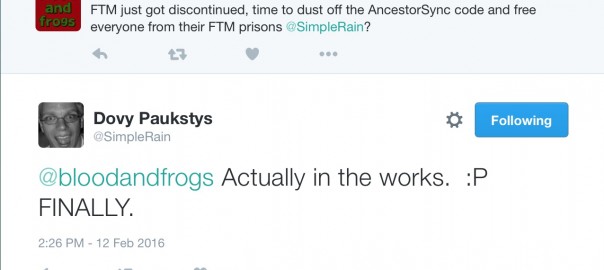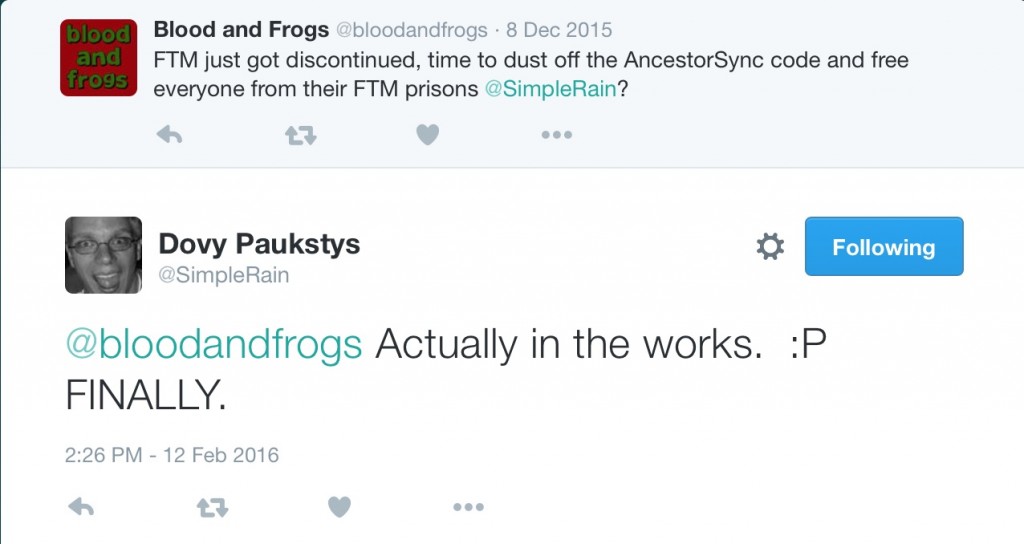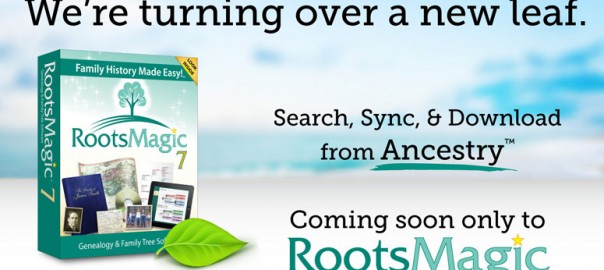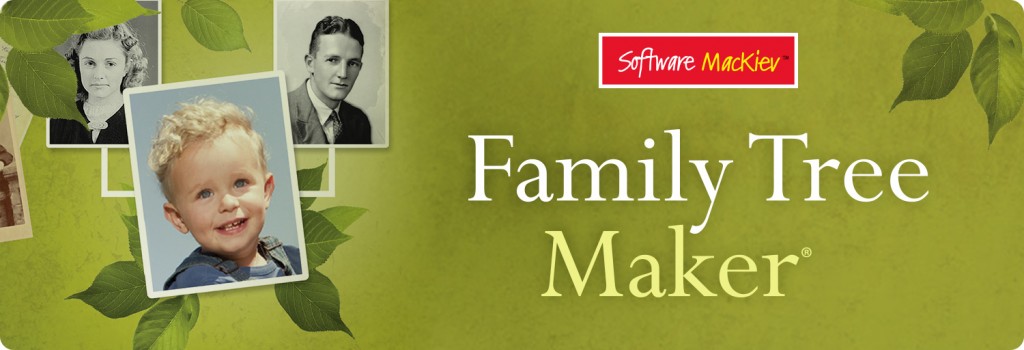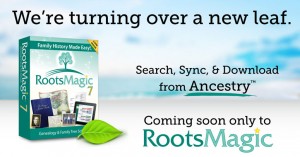I’m proud to announce that the Israel Genealogy Research Association (IGRA) has recently passed a million records in its All Israel Database. IGRA has been working on building this database for five and half years, and it’s an incredible accomplishment to have reached a million records in that time. We’re proud to make these records available to researchers across the globe (you just need to register for free on the site).
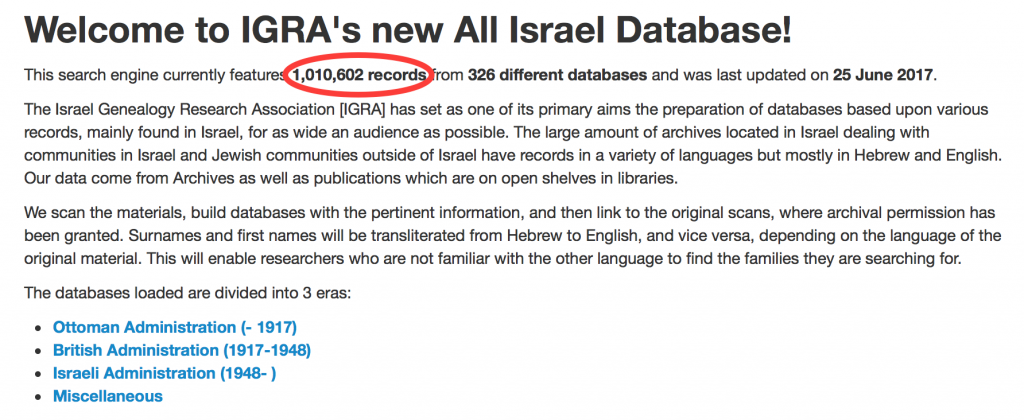
While I am currently the elected President of IGRA, I completely credit this accomplishment to our database volunteers who have worked hard and consistently for years to reach this stage. Under the leadership of Rosie Feldman, and with the help of Daniel Horowitz and Carol Hoffman, a team of dozens of volunteers have helped scan and index over three hundred data sources adding up to more than one million records.
Some recent databases that have been added, or added to, include Petach Tikva Marriages and Divorce 1928-1931, Jerusalem Marriages 1931-1940, British Mandate Marriage and Divorce Certificates, Teacher’s Union Members 1941, Israeli Name Changes 1954, Operation On Eagle’s Wings Immigrants 1949 (from Yemen), Israel Telephone Directory 1963, and Tombstones of the Jewish Cemetery of Salonica, Greece.
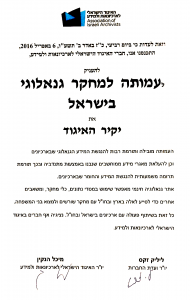
IGRA’s All Israel Database is the only major online genealogy database that is completely bi-lingual, being searchable in both Hebrew and English. IGRA works very hard to insure that databases that originate in Hebrew are searchable in English, and databases that originate in English are searchable in Hebrew. Our bi-lingual database has been made possible with the help of Brooke Schreier Ganz and her LeafSeek platform. Brooke may be better known these days as the head of Reclaim the Records, or her board role at Gesher Galicia, but she is also critical to our success here at IGRA and we are very grateful to all her hard work.
Indexing a million records is no easy task, and part of the problem is just coordinating all the work, and making sure the work assigned to people gets completed. To that end, we have been looking for many years for an online tool, similar to those used by Ancestry and FamilySearch for their volunteer indexing efforts. Recently we worked with Banai Feldstein, to insure our requirements were considered as she developed her Crowd-Sourced Indexing (CSI) tool. While other groups are currently using her great indexing tool as well, a quick look at the rankings of top indexers using her platform show they are all indexing IGRA records. Many thanks to Banai for developing the tool that helped push us past the million record mark earlier, and which will enable us to get the next million that much faster.
So thank you again to everyone who has made this milestone possible. If you want to help get the next million records online, please sign up at Crowd-Sourced Indexing, and check out the data we’re currently indexing. As of this writing we’re currently indexing the 1963 Telephone Directory in English, as well as a 1939 Petah Tikva Voters List and a 1936 Tel Aviv Voters List in Hebrew. Check back often as we have many other projects in the queue that get posted as soon as we complete what’s online (see the list of 30 completed indexing projects on the site).
Lastly, if you’re going to be at the IAJGS International Conference on Jewish Genealogy next month in Orlando, be sure to stop by the Share Fair on Sunday, July 23 between 12:30pm and 4pm (Swan Foyer), or the Israel Research BOF meeting on Monday, July 24 between 3:30pm and 4:45pm (Pelican 2), to meet IGRA volunteers and find out more about the work we do and the databases we are working on.
